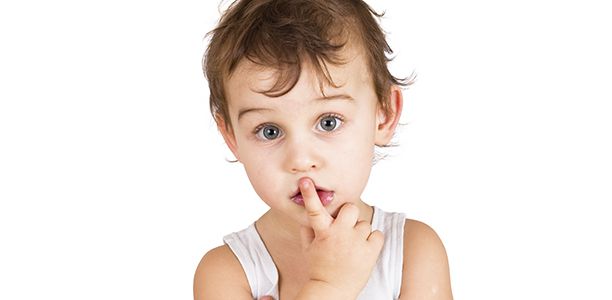Being able to tell the difference between genuine and fake facial expressions is crucial to social interaction.
New ANU research has shown that, even by the time they leave primary school, children are unable to tell the difference between genuine and fake sadness from facial expressions.
For happy facial expressions they could distinguish genuine from fake emotions to some extent.
Lead researcher Dr Amy Dawel of the ANU School of Psychology said this may affect children’s ability to build relationships, or leave them open to manipulation.
“Being able to tell the difference between genuine and fake facial expressions is crucial to social interaction,” Dr Dawel said.
“If children are misinterpreting polite smiles as genuinely happy then they are not picking up important feedback on their own social behaviour.
“They might think that other children find them funny, or want to make friends, when in fact they are only being polite.”
The study involved children and adults being shown pairs of images showing facial expressions. One depicted an expression of a genuinely-felt emotion, and the other depicted the same person faking an expression of the same emotion. Participants were asked to decide which facial expression was ‘only pretend’.
“Children can usually tell if someone is just pretending to be happy, but not if they are pretending to be sad,” Dr Dawel said.
For both happy and sad faces, children did not do as well as adults.
Dr Dawel said that the results do not mean that children can never tell whether another person is feeling genuinely sad, because they might be able to do thisl using other information, such as body language or knowing what caused the emotion. But the results do show that, unlike adults, children are poor at doing this just by looking at a person’s face.
Dr Dawel said researchers were surprised to find children aged 8 to 12 showed no improvement in their ability to identify genuine facial emotion.
“There is absolutely no improvement across that period,” she said.
“This is a skill that develops quite late – some time during the teenage years. So, we are talking about typical kids entering high school and not yet having developed the subtle skills in face emotion recognition that adults take for granted.”
The research has been published in the journal Frontiers in Psychology.
(Source: Australian National University, Frontiers in Psychology)










